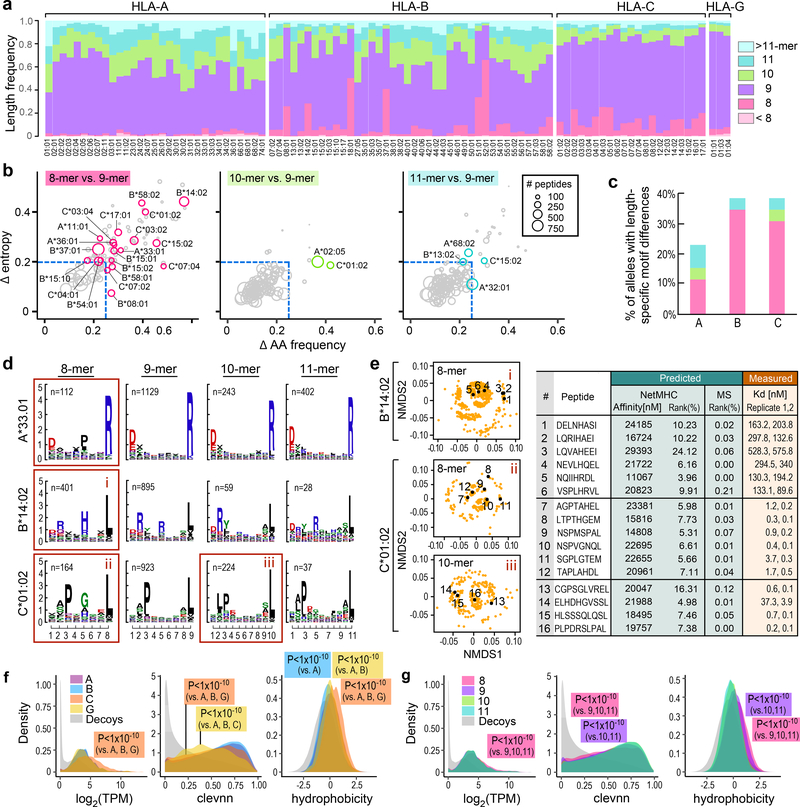Figure 3: Mono-allelic data uncovers lengths-specific HLA-binding preferences.
a) Frequencies of peptide lengths observed across alleles (8: pink; 9: violet; 10: green; 11: cyan). All but two HLA-B alleles preferentially present 9-mers. HLA-A alleles bind longer peptides more frequently than B and C alleles, while B and C alleles have a higher propensity for short peptides. b) 8-, 10- and 11-mer binding motifs were compared to 9-mer motifs by dropping middle residues (positions 4, 5, 6 or 7 depending on the length) to create pseudo motifs of the same length (8-mers: pseudo 8-mer from 9-mers vs true 8-mer motif; 10- and 11-mers: pseudo 9-mer from 10- and 11-mers vs true 9-mer motif) and selecting the pseudo motif which was most similar to the corresponding true motif. The maximum difference amongst peptide residue positions between the 8-, 10- and 11-mer pseudo motifs and the corresponding true motifs in amino acid frequency (x-axis) and entropy (y-axis) are shown. Circle size reflects number of peptides, dashed lines indicate cutoff values. Circles in color and label denote alleles with >100 peptides with change in amino acid frequency or entropy greater than the selected cutoffs (absolute difference in residue frequency with the true motif of >0.25 or an absolute difference in entropy of >0.2 at any position). c) Percent motif changes within each HLA type colored by length. d) Length dependent logo plots for A*33:01, B*14:02 and C*01:02; red boxes outline the changing motifs. e) Experimental validation of selected peptides (indicated with black dots on the NMDS plots) by in vitro binding assays compared to their predicted scores by NetMHCpan4–0.BA and MS models. f), g) Expression, predicted cleavability (clevnn) and hydrophobicity stratified by HLA loci (n=95 alleles, (31 HLA-A, 40 HLA-B, 21 HLA-C and 3 HLA-G, 1× 1e6 decoys) and peptide length (n=12,970 8-mers, 111,898 9-mers, 29,956 10-mers, 18.202 11-mers; all comparisons Welch’s two sample t-test, two-sided, provided in Supplementary Table 3c). See also Supplementary Figure 3.

